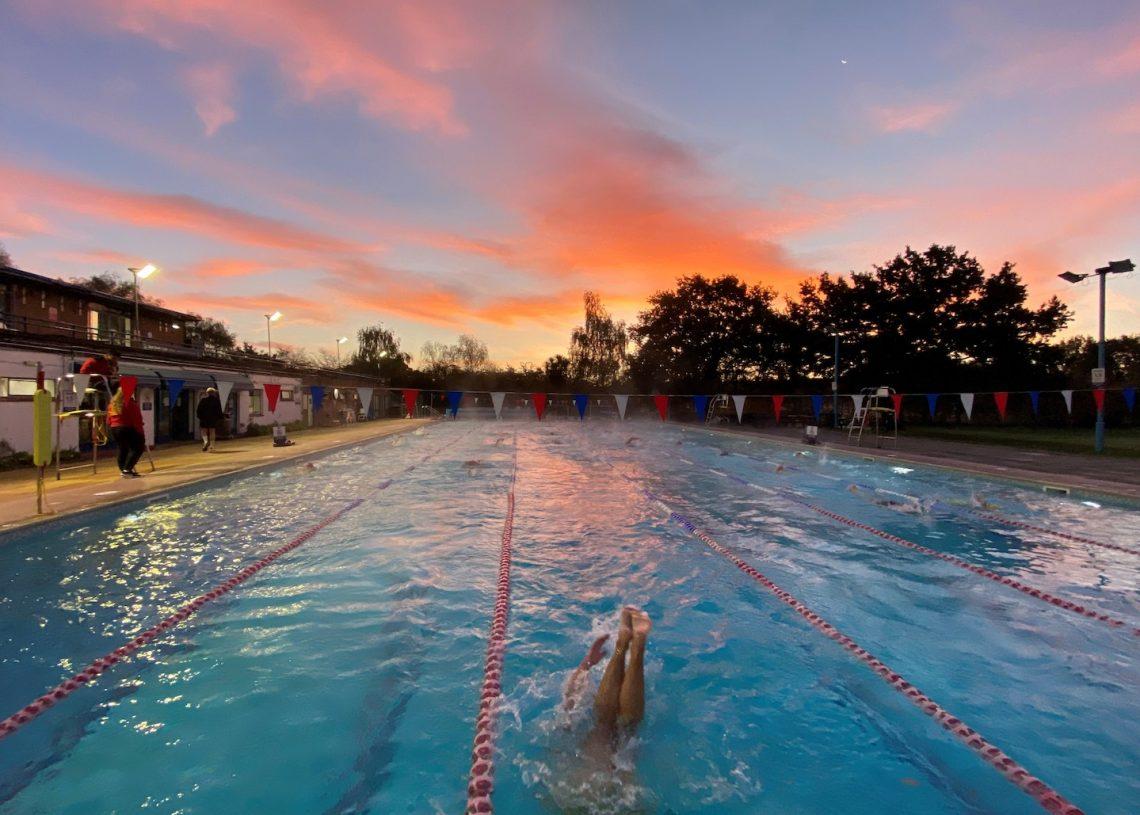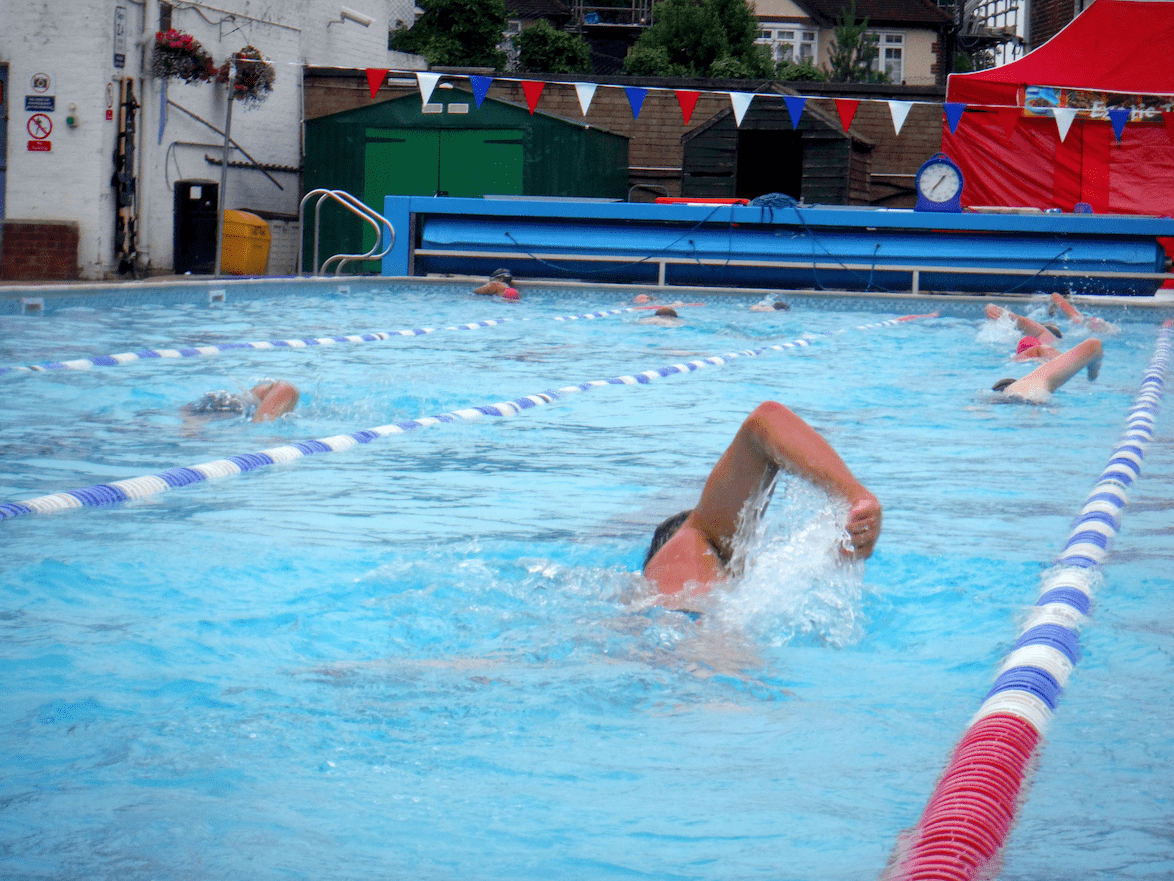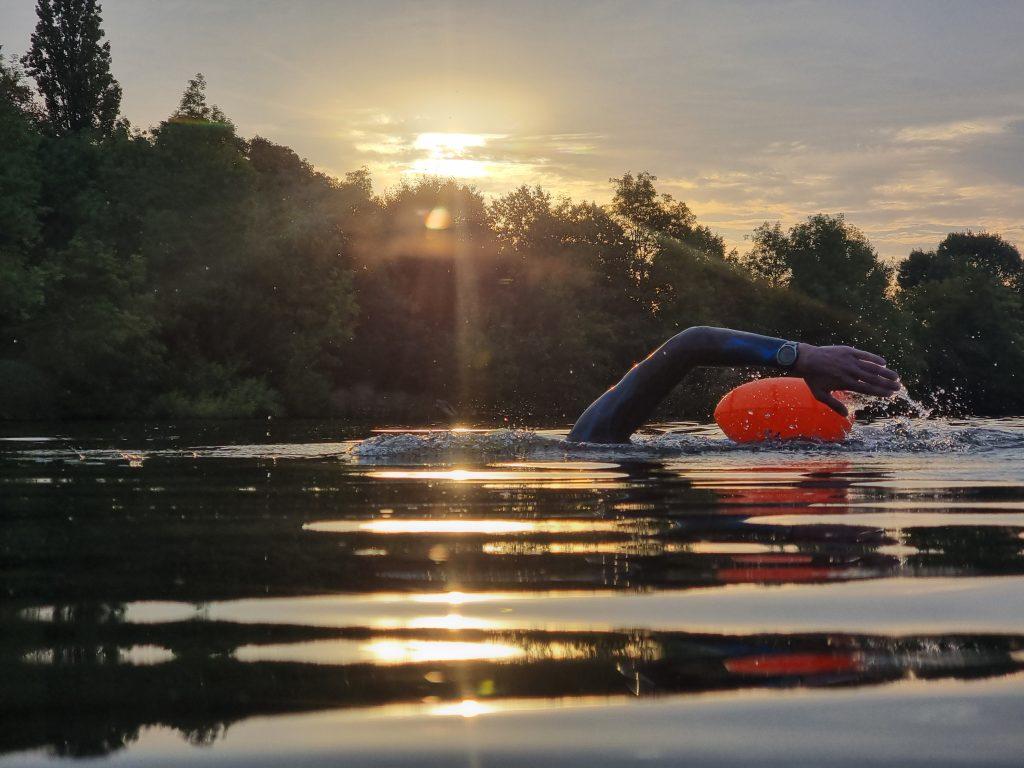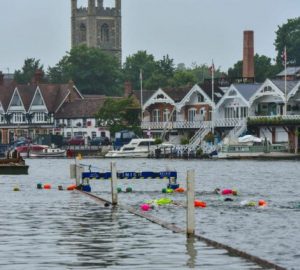
Should you train in open water or a pool?
Simon Griffiths explores the pros and cons of open water and pool training
There’s a principle that says you should attempt to replicate your race or challenge conditions in training: if you’re planning a long-distance sea swim, then practise swimming in the sea. Prospective English Channel swimmers spend hours doing laps of Dover Harbour, acclimatising to sea temperatures and getting used to swimming in waves and choppy water.
Yet, as we learn in our interview with Hector Pardoe, Olympic marathon swimmers, in contrast, do the bulk of their training in the pool.
Who is right?
It’s tempting to side with the elite swimmers because, well, they’re elite. They must be doing something right.
But, as ever, it’s not that simple. Channel swimmers and marathon swimmers are training for different events, with different challenges and features. Crossing the English Channel takes many times longer than an Olympic marathon swim, the water is likely to be colder and no wetsuits are allowed.
The rules of Olympic marathon swimming now insist on wetsuits below 18 degrees and won’t allow swims to go ahead in water of less than 16 degrees. The aim in the Olympics isn’t to finish regardless of how long it takes you but to hit the timing pad first. Speed, not staying power or cold water tolerance, is the key requirement.
So where should you train?
A key consideration is practicality. You can improve at swimming in both pool and open water environments. If it makes your life easier to do most of your training in just one of these locations – or if that’s what you prefer – then do that. A lot of the time, it’s what and how you train that matters, not where. However, there are limitations.
Temperature is a key one. You can swim in a wetsuit and add neoprene accessories in cold water but these add to the hassle factor and change the way you swim. In some places, open water freezes over in winter and you have no choice but to go to the pool or stop swimming.
Other people struggle with pool swimming: crowded lanes, overheated water and too much chlorine. Some pools still limit session times to 45 minutes or an hour, further restricting how much training you can do. Learning to adapt your training to deal with these challenges is a core swimming skill.
If you’re lucky enough to have access to both pools and open water, your best option is to split your training between the two. The amount of time you spend in each will vary with your preferences, aims and time of year. If, on the other hand, you are mostly restricted to one or the other, then consider how you can adapt your training to make the best of the environment where you usually swim.
While you will benefit more if you can swim both in pools and open water, there is definitely no need to give up on your swimming goals if you can only access one or the other.

Pros of training in the pool
• Consistency: the conditions are (nearly) always the same. You can do the swims you plan to do.
• Measurability: distances are constant so you can monitor your swimming speed and track changes.
• Temperature: it’s more comfortable to do drills and technique practice in warmer water.
Cons of training in the pool
• Boredom: swimming endless laps isn’t for everyone.
• People: it can be tiresome navigating a crowded swimming lane.

Pros of training in open water
• Environment: many of us swim in open water because we love being outside and enjoy the views.
• Space: You can almost always find space to swim as you like plus you don’t have to turn every 25m.
• Confidence: the more you swim in open water, the more comfortable you become in different conditions.
Cons of training in open water
• Safety: there are additional risks in open water you need to pay heed to and manage.
• Variability: you may have to cancel your swim if conditions change for the worse.
This article is from the Outdoor Swimmer Training Guide 2023.








